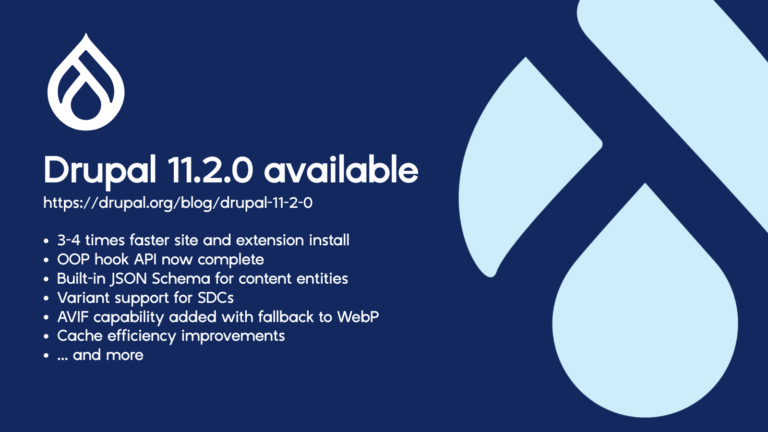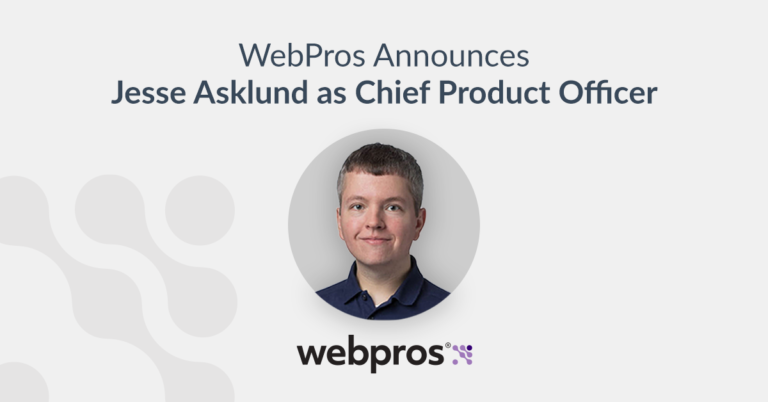Myriad Stakeholders, Diverse Needs
Along with flight-status information, the main navigation bar, airport map, and homepage now offer visitors the opportunity to pre-book parking and order ahead from restaurants. These revenue streams are further baked into the design, showcasing key calls to action throughout the passenger journey from parking availability, to restaurant descriptions, dynamically displayed retail hours, terminal maps, and ordering capabilities.
We first needed to clearly categorize and understand the needs of TPA’s user base, comprising travelers as well as partners/businesses (e.g., airlines, retailers, restaurants, job seekers, airport executives, employees, and more).
Refocus on Revenue Drivers
The site uses two-tiered navigation—one for travelers and one for businesses/partners—that meets users where they are in their airport journeys. Despite users’ varied needs, the site focuses on simplicity and usability, employing the airport’s bright, open, and beachy aesthetic (meet their infamous 21-foot Flamingo, Phoebe), not to mention the same iconography employed in its wayfinding signage.
TPA’s parking and online food-ordering services are key revenue drivers. However, the airport’s previous website included these tools as added-on functionality, rather than a seamlessly embedded and designed aspect of the user experience.
Refreshed, On-Brand Design
We paired site analytics and heatmap analyses with direct user feedback. The latter featured distributed surveys of more than 1,200 users, along with 2 days of in-person workshops. Led by Aten staff, in-person workshops drew insights from 40 users and stakeholders, from frequent business flyers, to local parents, procurement staff, information desk attendants, and more. This in-depth discovery gave Aten a vision of users’ needs to guide the new information architecture.
TPA travelers were accustomed to a seamless, easy-to-navigate airport experience that met all their needs. The airport’s online experience, however, didn’t offer the same ease of use nor friendly and open aesthetic. Plus, it didn’t effectively address the needs of both travelers and business/partners.



